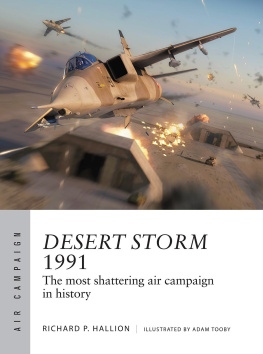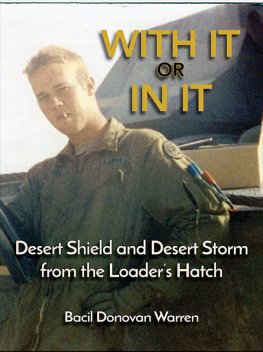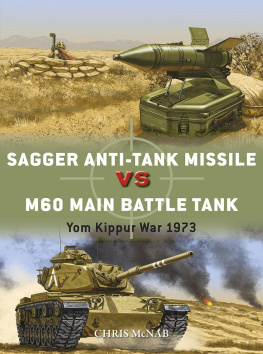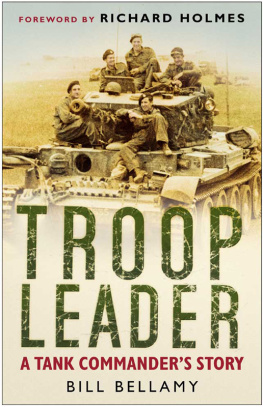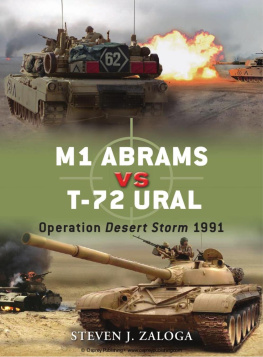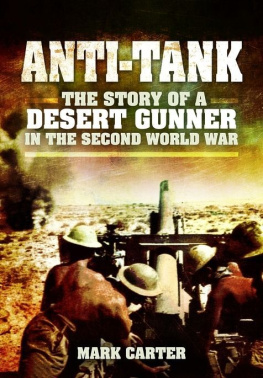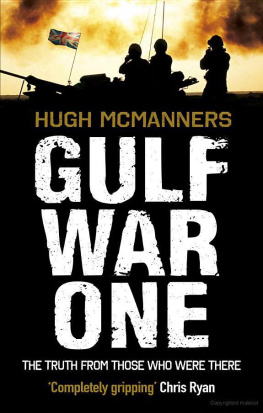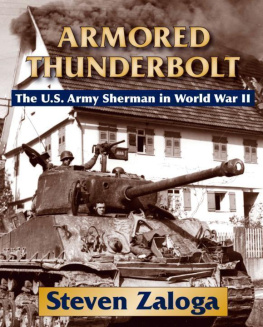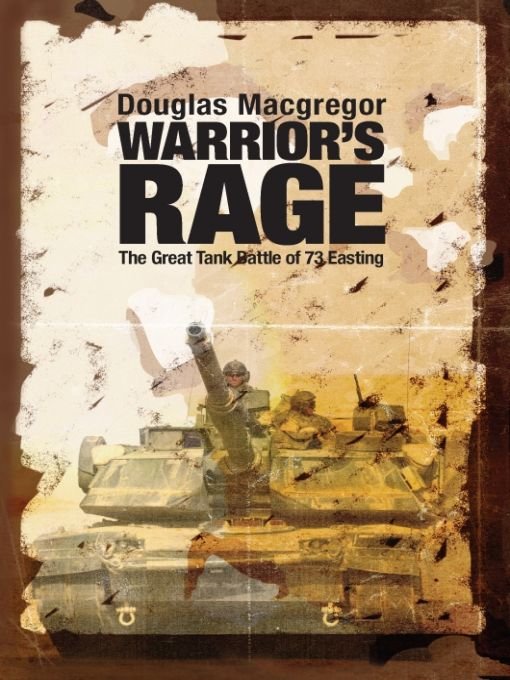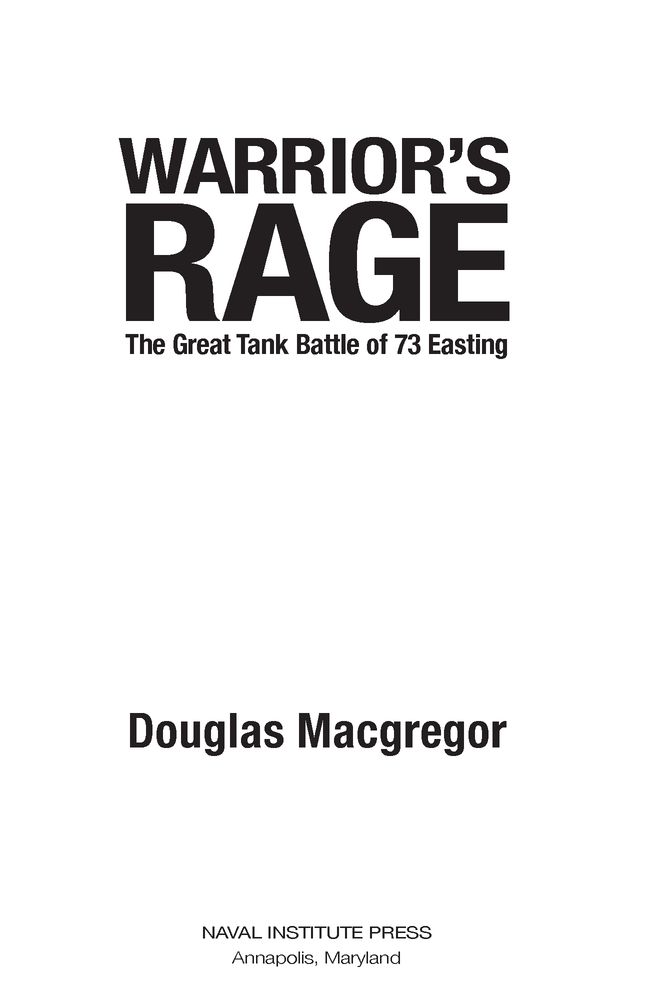Table of Contents
Table of Figures
To the memory of
Sgt. Nels Andrew Moller
1st Platoon Scouts, Ghost Troop, 2nd Squadron,
2nd Armored Cavalry Regiment, U.S. Army
Killed in action on 26 February 1991
And to all
American, British, and allied
Soldiers, Sailors, Airmen, and Marines
killed or wounded in Southwest Asia
since the beginning of Americas war with Iraq
in January 1991
This book is humbly dedicated
Introduction
We have good corporals and sergeants and some good lieutenants and captains, and those are far more important than good generals.
GEN. WILLIAM T. SHERMAN (182091)
Late in the afternoon of 26 February 1991, barely twenty-four hours after more than fifty thousand soldiers of Iraqs Republican Guard Corps began their withdrawal from Kuwait and southern Iraq, the two lead cavalry troops of Cougar Squadron, the 2nd Squadron of the 2nd Armored Cavalry Regiment, finally caught up with Iraqs Republican Guard Corps. Taken by surprise, a defending Iraqi armor brigade arrayed along the northsouth grid line of a military map referred to as the 73 Easting was swept away by salvos of American tank and missile fire that devastated the Iraqi fighting positions.
Metal smashed against metal as killing round after killing round slammed into the Iraqi armys Soviet-made tanks. A few hours later, the few surviving Republican Guards, exhausted men in dirty green uniforms, huddled together as prisoners of war in the nighttime cold. Most of the captured Iraqi troops just stared into the darkness through eyes empty of feeling or expression while their wounded comrades lying nearby on the desert floor received medical attention from the American soldiers who had just defeated them.
Splendid battle that it was, however, the battle of the 73 Easting bore no abiding fruit. Instead of continuing a successful attack, an attack with almost no U.S. losses that had destroyed the Iraqi rear guard, Cougar Squadron was halted, ordered to break contact with the enemy, and even to withdraw behind a meaningless limit of advance. Contact thus broken, the Republican Guard Corps main body escaped.
The speed and power of Cougar Squadrons attack demonstrated the Iraqi enemys inability to survive a determined U.S. ground assault. It utterly destroyed the Iraqi enemys last defense, but it made no difference. The generals and colonels commanding the lead divisions and brigades in the VII Corps attack were much more concerned with what the enemy might do to them than with what they could do to the enemy. Though their fears were never justified by the facts, their fears were real enough in their own minds to slow the VII Corps movement to a snails pace.
The fruits of victory, the total destruction of the Republican Guard, rotted on the vine while the commanding generals of the U.S. Armys VII Corps wasted precious hours herding their divisions into a tight fist for a fight that was already passed. By the time the corps divisions arrived and attacked, little of the Republican Guard remained, with the exception of the Iraqi armored brigades that mounted a last-ditch defense for the rest of the retreating corps, and much of its equipment had already been abandoned.
What the soldiers of Cougar Squadron won on the battlefieldthe opportunity to pursue and complete the destruction of Saddam Husseins base of power, the Republican Guard Corpswas lost by an U.S. Army chain of command that never saw the Iraqi opponent in a true light and never grasped the strategic implications of their own actions. The result was the escape of the Republican Guard and its subsequent use by Saddam Hussein to destroy the Kurdish and Shiite Arab insurrections that had been encouraged by the George H. W. Bush administration.
When it became clear the Republican Guard had escaped, the generals resisted the idea of extending the war by moving ground troops toward Baghdad until American security demands were met. As a result, President Bush and his top generals sacrificed the opportunity to leverage American military power for significant political gain. Meanwhile, Saddam Hussein regrouped his Republican Guard forces, two to three divisions of which had been spared by VII Corps inaction and the premature cease-fire.
Now is a good time for Americans to reassess the conduct of Operation Desert Storm, against the backdrop of Operation Iraqi Freedom. The Agreement on Complete Withdrawal (in plainer English, a status of forces agreement) has just been agreed upon by the governments of the United States and Iraq. Washington is now obligated to remove its forces from Iraqs cities and towns in the summer of 2009 and to withdraw its forces completely before the end of 2011.
A new phase is beginning. Understanding how we got here is vital.
Just as World War II began where World War I left off, Operation Iraqi Freedom began where Desert Storm ended in 1991. Despite its initial showy successes on television, reminiscent of the first Gulf War, Americans eventually discovered that Operation Iraqi Freedom (OIF) was fundamentally flawed. Other than removing Saddam Hussein from power, Operation Iraqi Freedom lacked a coherent strategic design, with catastrophic results in human and monetary terms for the United States and Iraq.
This negative assessment is an insight not easy to develop. Desert Storm, as the 1991 war is generally known, was publicized to the world as a total victory and a triumph of American military might. Subsequent press coverage, books, memoirs, and TV documentariesdespite considerable evidence to the contraryserved to reinforce massively that conventional wisdom rather than to question it. Medals and high-media profiles are wonderful things, and wars are wonderfully photogenic if appropriately sanitizedand Desert Storm was nothing if not sanitized.
After Desert Storm, the generals owned the store, and no civilianand Congress contained an ever-dwindling band of members with military experiencewould dare to question the men and women who wore splendid uniforms laden with rows of medals and other honors (mostly awarded by each other for nothing more than bureaucratic deeds, but which looked dazzling from afar).
Within the American system, a polarized celebrity culture conditioned to respond to emotional buttons, clichs, slogans, uniforms, and badges has quite astonishing power. Besides, senators and members were up to their eyeballs in dubious practices themselves, so they were scarcely in a position to accuse general officers of careerism, conflicts of interest, or of feathering their own nests at the taxpayers expense. In fact, all that the politicians who were nominally in charge of overseeing the military seemed to care about was getting their shares of defense dollars, which was easy enough, given that the U.S. was spending more on defense than the rest of the world combined, a truly mind-boggling statistic and one that did not seem to register with the average American taxpayerwho otherwise might have asked, Why?
Readiness and preparing for the next war were neglected as too disruptive. Instead, the generals argued, Why change? After all, we won Desert Storm, didnt we?
The Desert Storm campaign had gone exactly as planned, went the lie, and it had yielded a brilliant victory. Mission accomplished. Back to the main business of the Army, which certainly was not war, as far as the generals were concerned.


